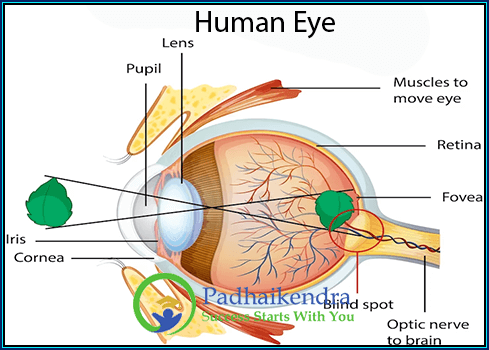Heat is a form of energy that is transferred between two objects or systems due to a temperature difference. Heat can be measured in several units, including:
 Joules (J): Joules is the standard unit of energy in the International System of Units (SI). Heat can be measured in joules, which are equal to the work done when a force of one newton is applied over a distance of one meter.
Joules (J): Joules is the standard unit of energy in the International System of Units (SI). Heat can be measured in joules, which are equal to the work done when a force of one newton is applied over a distance of one meter.- Calories (Cal): A calorie is the amount of heat required to raise the temperature of one gram of water by one degree Celsius. One calorie is equal to approximately 4.184 joules.
- British thermal units (BTUs): A British thermal unit is the amount of heat required to raise the temperature of one pound of water by one degree Fahrenheit. One BTU is equal to approximately 1055 joules.
- Electronvolts (eV): An electronvolt is a unit of energy that is commonly used in atomic and nuclear physics. One electron volt is equal to the amount of energy gained by an electron when it is accelerated by an electric field of one volt. One electronvolt is equivalent to 1.602 x 10^-19 joules.
The choice of the unit depends on the application and the system of units being used. In scientific and engineering contexts, joules are the most commonly used unit of heat. In food and nutrition contexts, calories are often used to measure the energy content of food. In the United States, BTUs are commonly used to measure the heating and cooling capacity of air conditioning systems and furnaces.
Units of heat FAQs
Heat is a form of energy that is transferred between objects or systems due to temperature differences. It is essential for various physical and chemical processes and plays a crucial role in everyday life.
The SI (International System of Units) unit of heat is the joule (J). Heat is a form of energy, and the joule is the unit used to measure all forms of energy.
While the joule is the standard unit of heat, there are other commonly used units, such as the calorie (cal) and the British thermal unit (BTU). The calorie is defined as the amount of heat required to raise the temperature of one gram of water by one degree Celsius, and the BTU is the amount of heat required to raise the temperature of one pound of water by one degree Fahrenheit.
One calorie is equivalent to approximately 4.184 joules. This means that one calorie of heat is equal to 4.184 joules of energy.
Heat can be measured using devices called calorimeters, which are designed to quantify the transfer of heat. Calorimeters are often used in scientific experiments to determine the specific heat capacity of substances or to measure the heat released or absorbed in a chemical reaction.
Yes, there are several derived units related to heat. For example, the heat flux or heat transfer rate is measured in watts (W), which is equal to joules per second (J/s). The thermal conductivity of a material is measured in watts per meter-kelvin (W/(m·K)), indicating how well the material conducts heat.
Heat can be converted between different units using conversion factors. For example, to convert from calories to joules, you can multiply the number of calories by 4.184 to obtain the equivalent value in joules. Similarly, to convert from joules to calories, divide the number of joules by 4.184.
Heat is usually measured indirectly by observing its effects on temperature changes or other physical processes. For example, in calorimetry experiments, the heat transferred is determined by measuring the change in temperature of a substance. In most practical situations, heat is inferred rather than directly measured.
In specialized fields, such as thermodynamics and engineering, additional units related to heat are used, including the kilocalorie (kcal), kilojoule (kJ), and British thermal unit per pound (BTU/lb). These units are often employed in specific applications where larger quantities of heat are involved.
Using proper units when working with heat is crucial for accurate and consistent measurements. It ensures that scientists, engineers, and researchers can communicate effectively and perform calculations correctly. Using consistent units also helps in comparing and analyzing data from different sources.


 Joules (J): Joules is the standard unit of energy in the International System of Units (SI). Heat can be measured in joules, which are equal to the work done when a force of one newton is applied over a distance of one meter.
Joules (J): Joules is the standard unit of energy in the International System of Units (SI). Heat can be measured in joules, which are equal to the work done when a force of one newton is applied over a distance of one meter.


